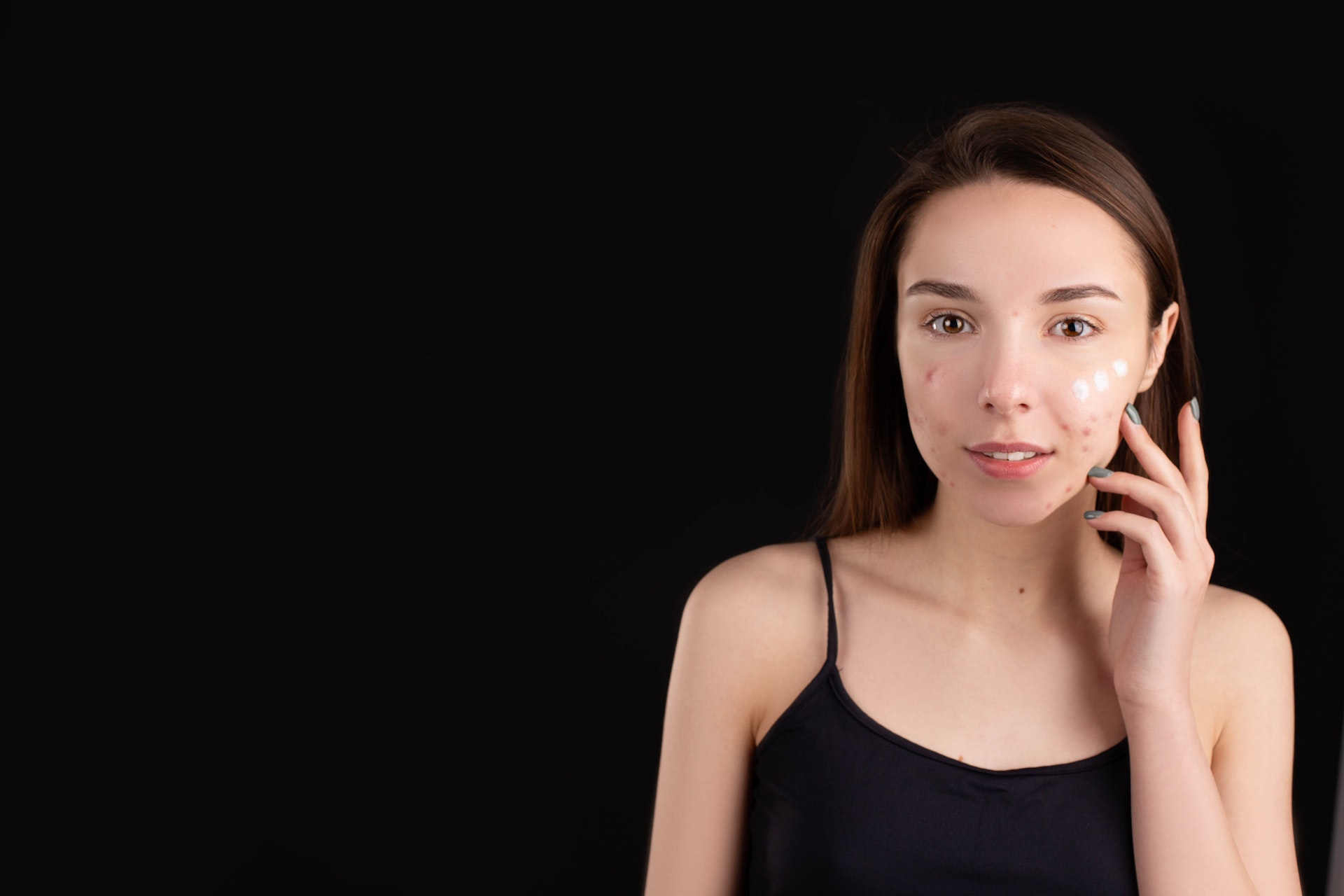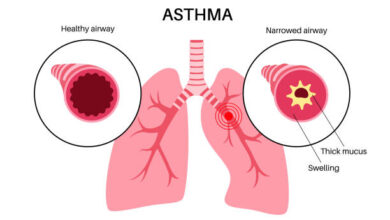How to Get Rid of Red Rash on the Face?

Understanding the causes and symptoms of a red rash on the face is crucial in effectively treating and preventing its occurrence. There are various factors that can contribute to this condition, such as allergic reactions, skin irritants, infections, or underlying medical conditions. Allergies to certain foods, medications, or cosmetics may result in a red rash on the face. Additionally, exposure to harsh chemicals or irritants like fragrances or detergents can cause skin inflammation and redness.
The symptoms of a red rash on the face may vary depending on its cause. Common signs include redness, itchiness, dryness, swelling, and sometimes even blisters or bumps. It is essential to observe any accompanying symptoms such as pain or fever as they could indicate an infection. Furthermore, certain medical conditions like rosacea or eczema can also lead to chronic facial rashes characterized by persistent flushing and skin sensitivity.
Identifying the triggers and avoiding them
Identifying the triggers behind a red rash on the face is crucial to effectively treating and preventing future outbreaks. One common trigger is allergens, such as certain cosmetic products or skincare ingredients. By carefully examining the ingredients list and patch-testing new products before applying them to your face, you can identify potential allergens that may be causing the rash. Additionally, environmental factors like extreme temperatures or pollution can also trigger facial rashes. Taking note of when and where your skin reacts can help you avoid these triggers by using protective measures like wearing a hat or scarf in cold weather or using an air purifier indoors.
In some cases, certain foods or drinks can act as triggers for facial rashes. Common culprits include spicy foods, alcohol, caffeine, and food additives like artificial sweeteners or preservatives. Keeping a food diary and tracking flare-ups can help pinpoint which items are triggering your rash. Once identified, avoiding these triggers becomes easier by making dietary adjustments and choosing alternatives that won’t cause a reaction.
Stress is another factor that can contribute to facial rashes. Emotional stressors like anxiety or tension often manifest physically on the skin’s surface. Practicing stress-management techniques such as deep breathing exercises, meditation, regular exercise, and getting enough sleep can help prevent stress-related flare-ups of red rash on the face. Identifying one’s personal triggers and taking proactive steps towards avoiding them is key in managing and ultimately eliminating facial rashes for clearer, healthier skin.
Gently cleansing and moisturizing red rash on the face

One essential step in effectively treating a red rash on the face is gently cleansing and moisturizing the affected area. When dealing with a rash, it’s crucial to choose cleansers and moisturizers that are specifically formulated for sensitive or irritated skin. Harsh chemicals and fragrances can further irritate the rash, so opting for gentle, fragrance-free products is recommended.
To cleanse the affected area, start by washing your hands thoroughly to avoid introducing any additional bacteria onto your face. Using lukewarm water, gently splash it on your face to dampen the skin before applying a small amount of mild cleanser. Massage the cleanser into your skin using circular motions, being careful not to rub too vigorously as this can exacerbate irritation. Rinse off with cool water and pat dry with a soft towel.
After cleansing, it’s important to follow up with an appropriate moisturizer suitable for sensitive skin. Look for non-comedogenic products that won’t clog pores or aggravate acne-prone areas on your face. Apply a thin layer of moisturizer onto clean, dry skin using gentle upward strokes until fully absorbed. This will help restore moisture to the affected area and prevent further dryness or peeling associated with rashes while keeping your skin hydrated and protected throughout the day or night.
Using natural remedies to soothe and heal the skin

When it comes to treating a red rash on the face, natural remedies can be highly effective. One of the most popular options is aloe vera gel, which has soothing and healing properties. Applying freshly extracted aloe vera gel to the affected area can help reduce inflammation and redness. Another great remedy is coconut oil, known for its antibacterial and moisturizing qualities. By gently massaging coconut oil onto the rash, you can provide much-needed hydration while also promoting skin healing.
Additionally, chamomile tea bags can work wonders in calming irritated skin. Steep two chamomile tea bags in hot water for a few minutes, then let them cool down before placing them on the affected area for 10-15 minutes. The anti-inflammatory properties of chamomile can help alleviate redness and itchiness. Honey is another natural remedy that can be beneficial in reducing a red rash on the face. Its antimicrobial properties make it an excellent choice for combating any bacterial infection contributing to the rash’s appearance. Apply raw honey directly to the affected area as a mask and leave it on for 15-20 minutes before rinsing off with warm water.
Take care of your skin for a rash-free face
If you’re dealing with a red rash on the face, taking care of your skin becomes even more crucial. Start by identifying the cause of the rash, as it could be triggered by various factors like allergies, irritation from skin care products, or even certain medical conditions. Once you have determined the cause, make sure to avoid any potential triggers and opt for gentle and fragrance-free skincare products specifically formulated for sensitive skin.
Maintaining a consistent skincare routine is vital in managing a rash-prone face. Cleanse your face twice daily using a mild cleanser that doesn’t strip away natural oils or irritate the skin further. Follow up with a soothing toner to balance the pH levels and prepare your skin for hydration. When choosing moisturizers and creams, look for those containing ingredients like ceramides or hyaluronic acid that help strengthen the skin barrier and lock in moisture without clogging pores.
In addition to following an appropriate skincare regimen, ensure you protect your face from harsh environmental factors such as excessive sun exposure or extreme cold temperatures. Always wear sunscreen with at least SPF 30 during daytime hours, regardless of whether it’s sunny or cloudy outside. Use protective clothing like wide-brimmed hats or scarves when needed to shield your face from strong winds or freezing temperatures. By implementing these strategies into your daily routine, you can minimize rashes on your face and maintain healthy-looking skin over time.



